10 Top Tips for New Producers
So you want to be a producer? Awesome!
Music production is one of the most rewarding, creatively fulfilling and constantly evolving pastimes. Whether you intend to be a pro, or just want a fun hobby, music production will give you so much back, you’ll wonder what you did before you were a producer!
Starting out is daunting, though. From choosing your DAW to understanding what gear you need (and what you don’t), any new producer will have a ton of questions even before they’ve started trying to write a track.
So here are our Top Ten Tips for becoming a music producer
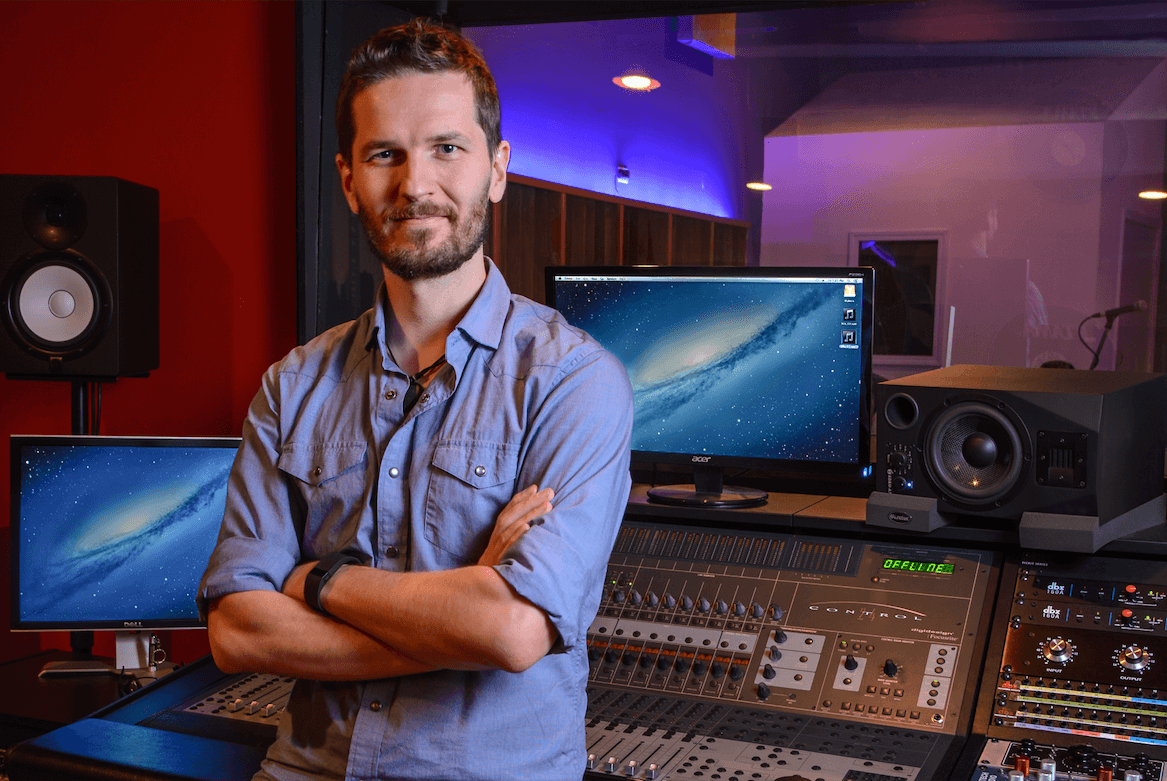
1. Have a vision
You don’t need to design a whole new genre (although that could be cool!)
You do need to know what your musical vision is. Maybe you want to make music that sounds exactly like a certain artist or genre. While some degree of originality is encouraged, even in this case, you still have a vision, and you need to understand it.
Hopefully, you’re inspired to create something new, whether an entirely new sound or your own take on an existing style.
The key is to understand what you want to achieve.
If you don’t know what you’re aiming for, how will you measure your progress?
Do you want to be a creative producer, writing their own tracks from start to finish? Or what about being a beat-maker, creating music for vocal artists to finish? Perhaps you’re into live music and want to record yourself or other acts and artists? Each of these visions requires a different set of approaches.
Every new business needs a mission statement – a reason to exist. While it’s too soon to consider your music career a business, there’s great value in visualizing what you want to create and where you want to take it.
But remember, it’s a vision, not a prison. You’re always free to change your mind, abandon ideas and grow as an artist. Many producers started out making one genre before finding success in a totally different style. Be as clear as you can about your goals, and reappraise them regularly.
Write Chords Faster with Captain Chords
- Use Captain Plugins to write your own Chord Progressions, Hooks, Melodies and Basslines
- Export to your DAW
- Available on Mac and Windows.
2. Choose a DAW and stick to it
Learning a DAW (Digital Audio Workstation) is very much like learning an instrument. You won’t become a better musician by spending 5 weeks learning the guitar, then 3 weeks with a saxophone and 4 on the drums. You’ll just suck at three different instruments.
Choosing a DAW that works for you is important, and really tricky. There are many options at many different price-points, and with many different functions and attractions. Time spent researching before you start could save you an awful lot of frustration and expense down the line.
Here are a few questions to ask yourself before choosing a DAW:
-
Is it compatible on my laptop/computer?
Simple and straightforward, but Logic and Garageband won’t work on PCs, so count them out if you’re not a Mac-user.
-
Do I have any friends who produce? What do they use?
Collaborating and sharing ideas with peers and friends is a brilliant way of combining producing with socializing. It’s eminently more straightforward to manage when you’re all on the same DAW and platform, too.
-
How much is money a factor?
Top-end DAWs are a substantial investment, and there are significantly cheaper (and even free) alternatives that can be perfectly adequate. There are also some available on a monthly subscription basis that might suit your finances better. Check out this exhaustive guide to today’s DAW market for detailed analysis of your options. There’s also a very informative guide by Music Radar you should definitely peruse
-
Are there plenty of tutorials online for this DAW?
One of the best things about producing today is the volume of tutorials available to producers. The internet has benefited producers enormously in this regard. But does the DAW you’re considering have enough on a wide enough range of topics?
-
Do I have ambitions to perform or record live instruments either now or in the future?
Most DAWs can give you a pretty solid workflow for studio production, but not all are as capable when it comes to plugging in multiple sound sources, interfaces, MIDI controllers, FX units and so on, or for live looping, sequencing or other performance models.
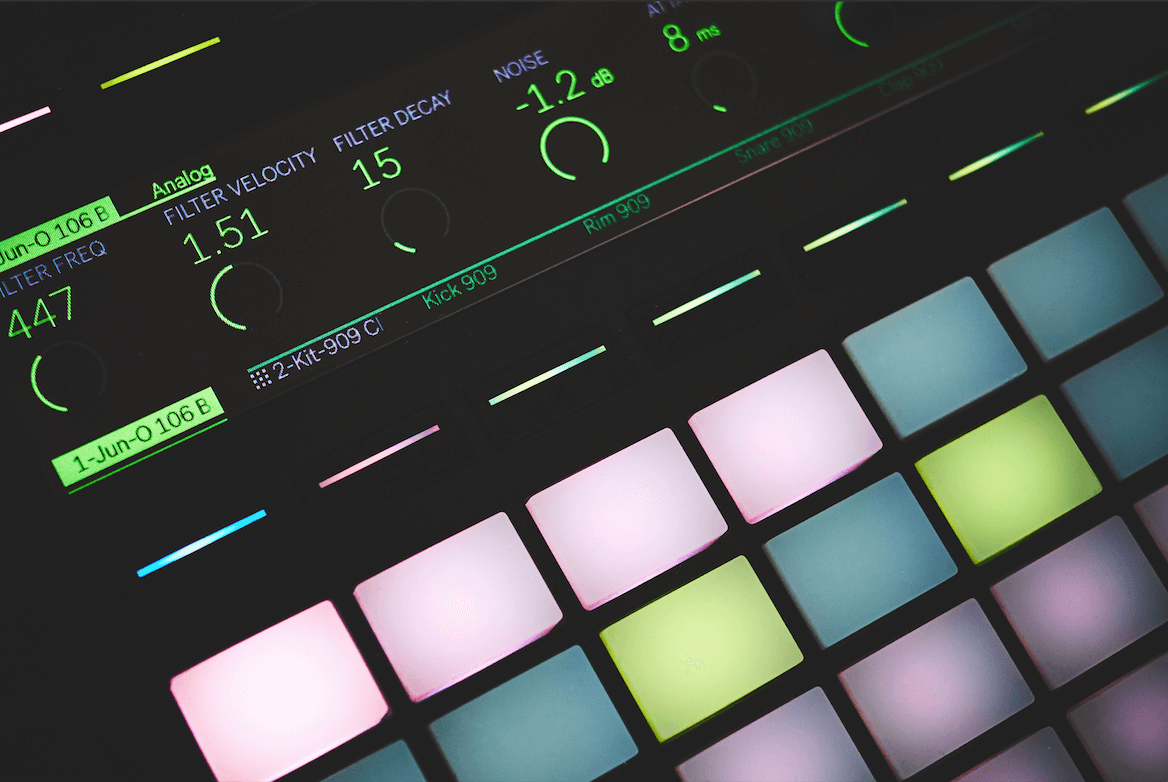
3. Learn one tool at a time
One of the most commonly heard regrets of experienced producers is the time and money they wasted when starting out. They bought as many expensive plugins as they could afford, assuming it would fast-track them to better music. The reality is; the opposite occurs! Much like with musical instruments, having more things you don’t know how to use doesn’t make your music sound better.
Stick to your DAW’s built-in plugins and FX, and learn one at a time. And, if you don’t understand how to use something, don’t use it until you do. Even if you’ve seen a tutorial telling you the ‘correct’ compression settings for snare drums, applying it to your track without understanding the parameters may well lead to an inferior sound.
Start with EQ, then learn Reverb, then Compression. Then learn how to use Busses/Groups and Channel Strips. Once you’ve grasped the basics of these fundamental tools, you’ve got a skillset that allows you to make good quality, well mixed music.
If you don’t have these skills, adding more plugins will only serve to highlight problems in your music.
Of course, there is a mouth-watering array of plugins on the market – your DAW probably comes with enough to keep you going for years – but learn to use them one at a time!
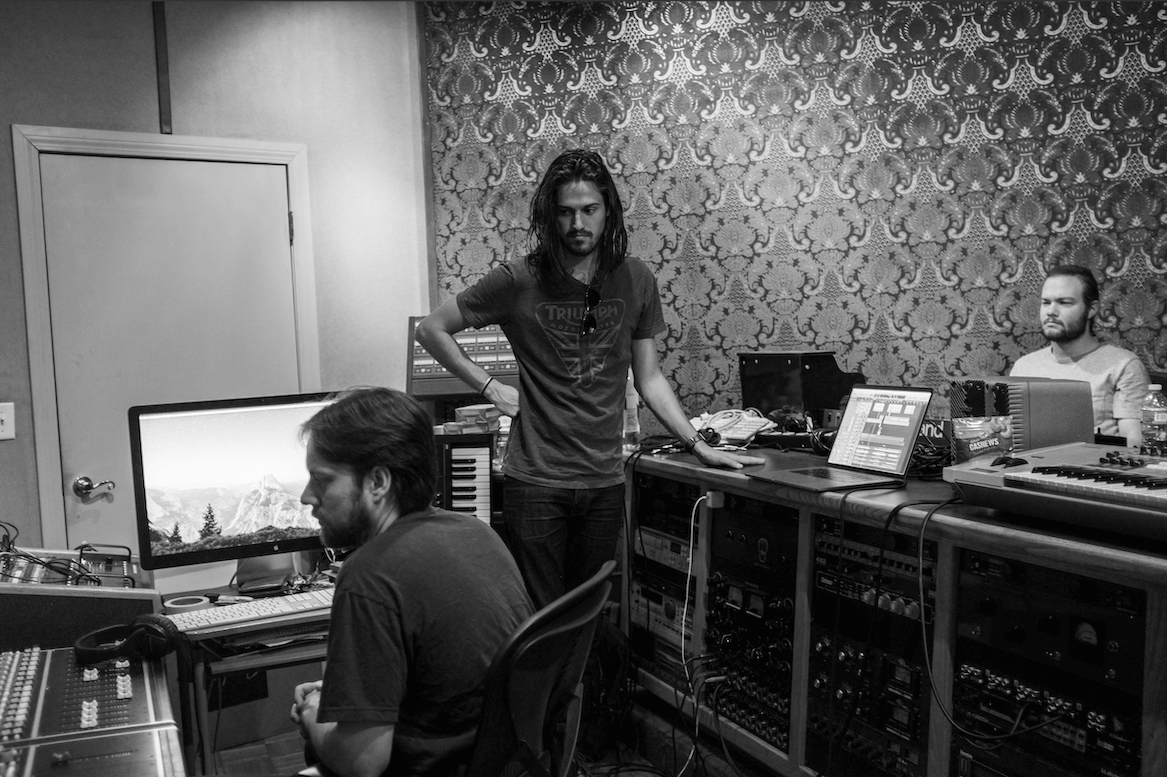
4. Imitate!
There’s a commonly repeated truism amongst music producers, musicians and artists: Originate, don’t imitate.
However, there’s a pretty strong case to be made for studying the work of professionals, figuring out what they did and attempting to ape it yourself.
That’s not to say you should copy entire songs, but as a new producer, the amount you will learn from successfully imitating a particular kick or bass sound as heard in one of your favorite tracks cannot be underestimated.
The same goes for structuring your tracks, particularly in dance music. There’s a reason why some tracks can ignite the dancefloor, and a large part of it is arrangement.
PRO TIP
Add a muted channel strip to your project and lay a favorite track in the same style on it. Compare your song…. Is the Drop in the same place? Does the Hook start in the same place? How about the intro? Consider arranging your track so it mirrors your chosen example.
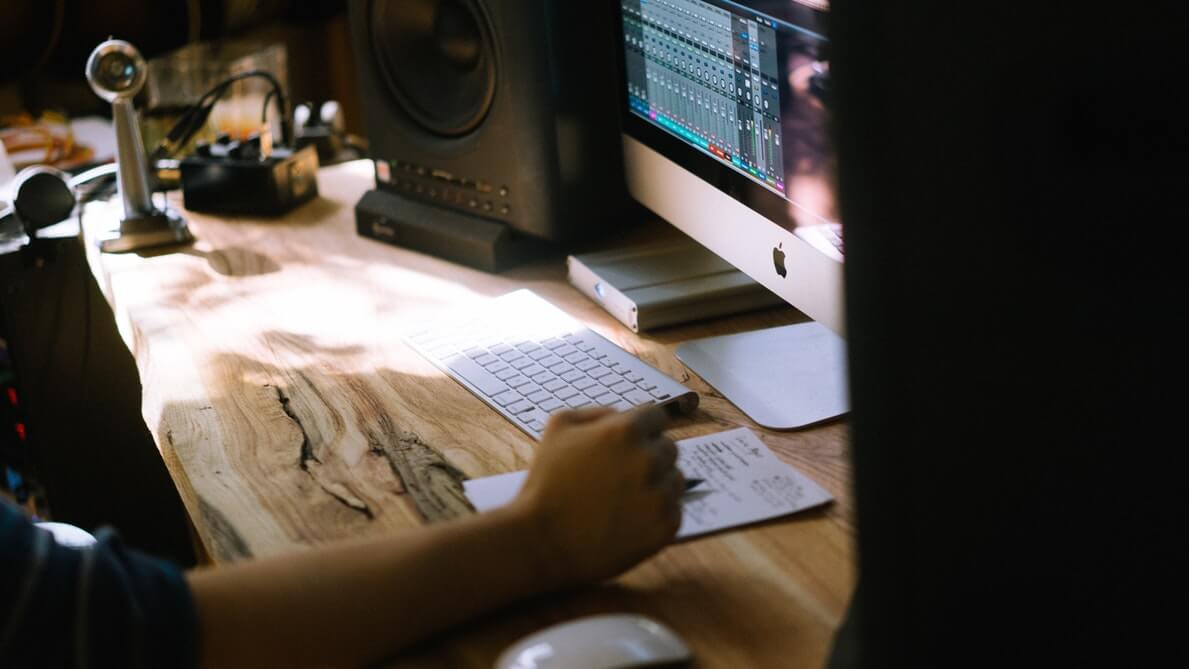
5. Listen to more music
It doesn’t matter how sure you are that French-Skiffle-Electro-Techno is the only style of music you will ever want to make, listen to as much music as you can, in as many styles as possible. It will make you a better producer.
Plus, listening is actually one of the most important aspects of production. It’s very difficult to master your tools when your ears aren’t attuned to notice the nuances of different settings.
They need to learn to hear.
Listen to music you love and ask yourself what exactly is it that speaks to you.
Listen to music you actively dislike. Why are you so turned off?
Understanding your own tastes will help you create music that you like, while understanding the differences between different musical characteristics will help you create better mixes.
PRO TIP
When a whole production is bounced out as individual channels, such as Snares, Bass, Guitar etc, these are known as ‘stems’. When tracks get remixed, the original artist creates stems for the remixer to use. Here’s the tip: Get the stems of a track you admire – websites like Metapop host hundreds of remix competitions from which you can download stems – and lay them out in your DAW, one per channel. Study how the original artist arranged their track.
What do the drums sound like – how do they evolve or change during the track? What about the bass? When does it first come in? And the synths?
What’s the difference between the music in the Hook and the music in the Intro? You can learn a huge amount about structure and arrangement this way!
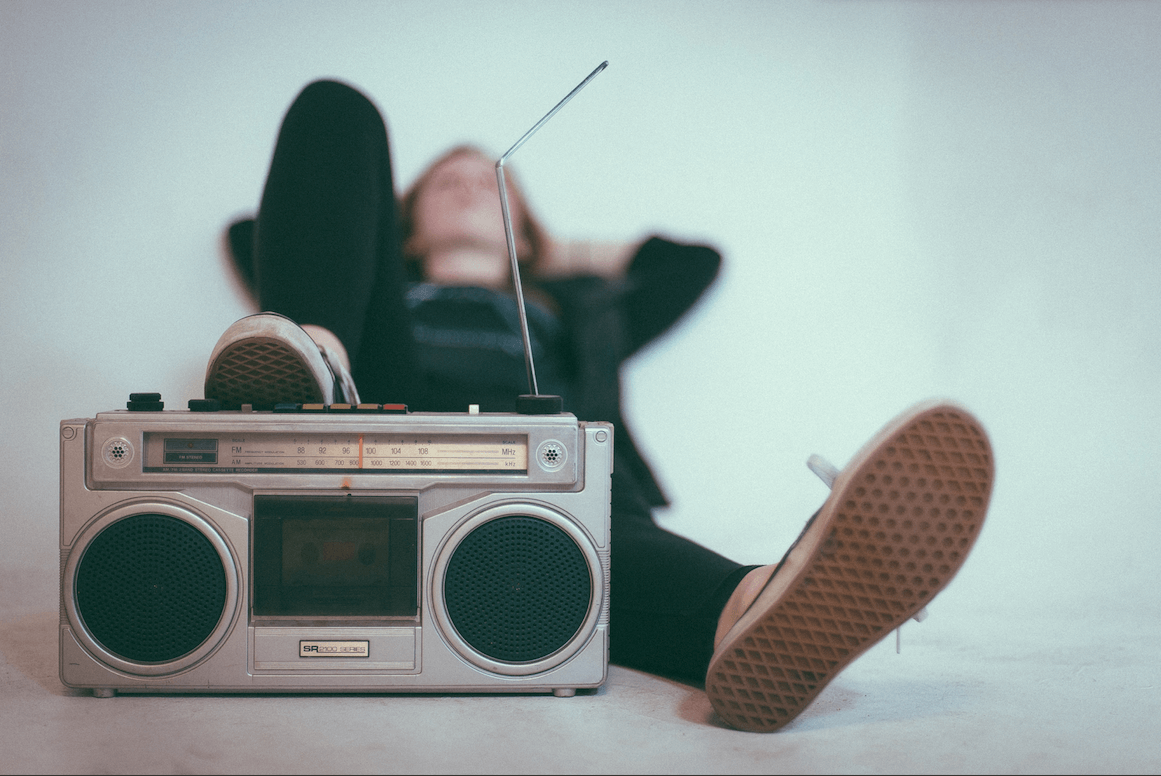
6. Reference, Reference, Reference
Reference is a very important word in Music Production. It’s not about getting your last employer to write a nice letter about you. Referencing is the act of listening back to your productions on a referencing system. It also describes the act of using a reference track to compare your mixes to.
But what is a reference system?
Simply put, a reference system is any speakers or headphones that can reproduce your track with sufficient clarity and impartiality to give you a clear idea of how your music will sound when the public get to hear it.
Studio Monitors and Headphones are commonly referred to as Reference Monitors as a result.
It’s called a reference system because, although high-quality monitors are extremely important, it’s advisable to also test your mix on cheap headphones, laptop speakers, phone speakers, and home stereo speakers, since this is likely to be how the general public listens to it.
In addition, using a reference track gives you an A/B comparison between your mix and a professional-grade, mastered track. If you can get anywhere close to the same quality prior to mastering, you can be pretty satisfied.
PRO TIP
One of the best places to reference music is in a car. The natural acoustics (assuming you have a reasonable stereo) make for amazing sound reproduction.
So, if you can’t afford high-end speakers, or have sound restrictions at home, take a drive to a quiet spot and have a good listen. This method has been used on hit records since the 80s and is still a trusted option.
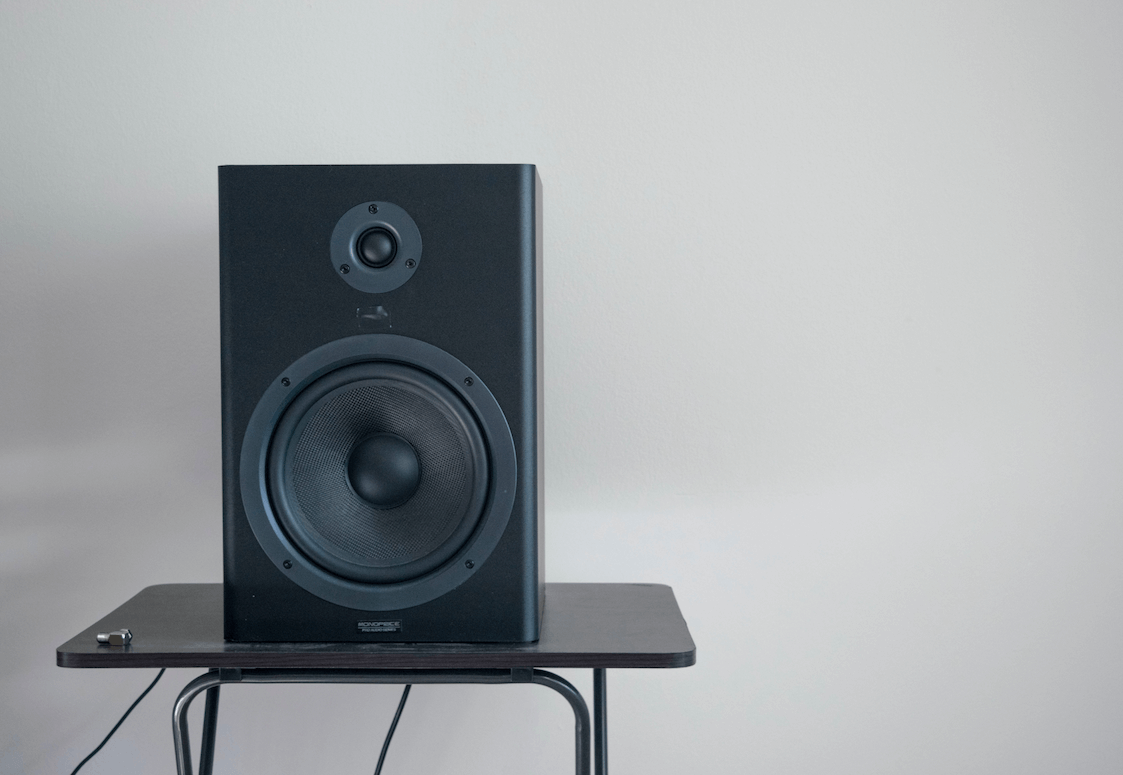
7. Respect your ears
You only get one set of ears, and you will need them to become a great producer. Avoid the temptation of working at deafening volumes – not only will the music be distorted, your ears will actually color the sound as it comes in. You’ll hear less, not more. Plus, you risk long-term damage.
Tinnitus is extremely common among DJs and producers, and it is precisely zero fun.
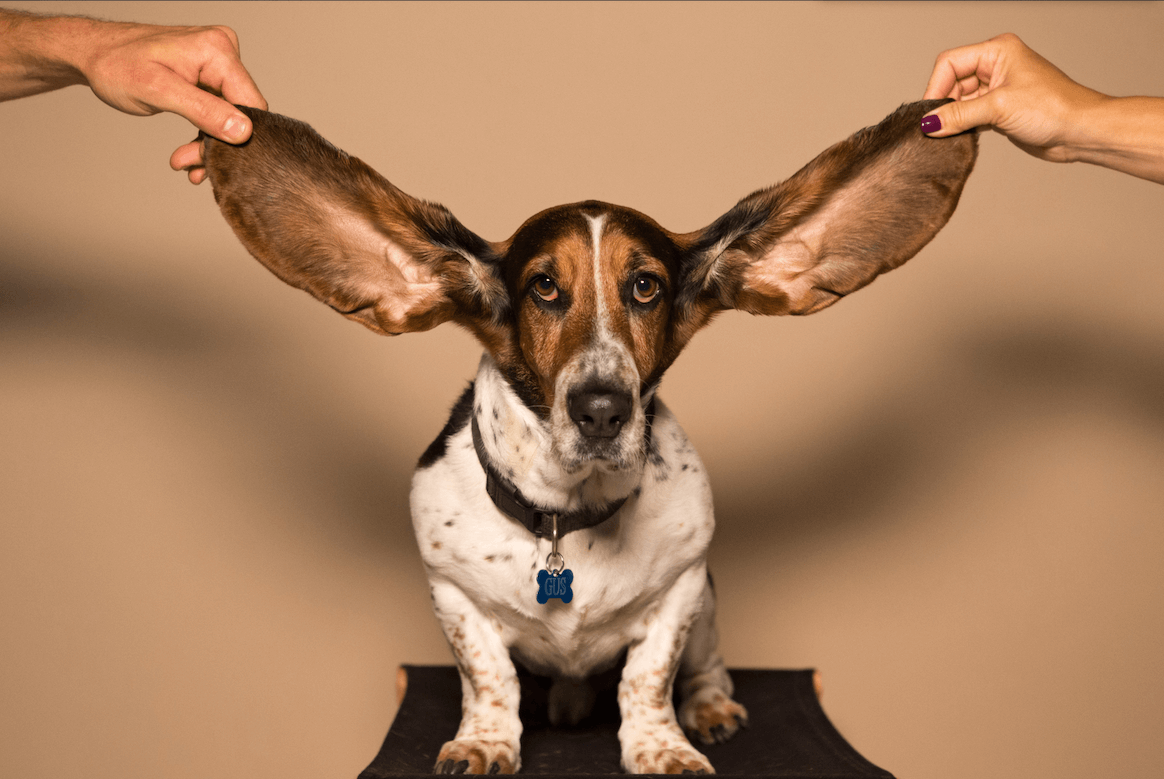
8. Get a decent pair of headphones
Despite what people say, you only need to spend money on one thing to be a music producer:
A pair of quality headphones.
You’ll want to expand on this outlay over time, but these are essentials.
You simply can’t achieve good results if you can’t hear what you’re doing in enough clarity.
Cheap headphones, and non-professional headphones (such as noise cancelling headphones for home listening) actively colour the sound to sound warmer and more pleasant. As a producer, you don’t want this. You want brutal honesty!
High-end headphones can set you back several hundred dollars, but do some research and you can find B-Stock, ex-display or older models for much more attractive prices for beginners.
But… what about speakers?
Nobody is saying speakers are not mega-important to music producers. Most professional producers wouldn’t dream of producing solely on headphones, and having professional standard speakers as well as headphones is the ideal.
However, unless you can be absolutely sure of the acoustic quality of your studio/bedroom, as a rookie producer using speakers instead of headphones, you might find yourself compensating your mixes against reproductions that are unique to your room.
Here’s an exaggerated example to illustrate this point:
One producer’s bedroom/studio has marble flooring. It has hard walls, a skylight embedded in a slanted ceiling and a wildly irregular shape with lots of alcoves, nooks and crannies. The producer next door has a regular, cubic, carpeted studio with audio treatment on the walls, and a listening position set precisely between the two studio monitors.
Playing the same audio in both rooms would sound insanely different, because the first room will be bouncing that sound around every crazy angle, while the latter will have a true, uniform path to the listener.
So the first producer is going to mix their music to ‘solve’ the problems caused by their room acoustics. But those problems aren’t solved at all – the mix is hopelessly off balance, and it wasn’t even their fault.
Unless you are absolutely sure of your room acoustics – get headphones. Because, with any luck, the real estate between your ears won’t be subject to change.
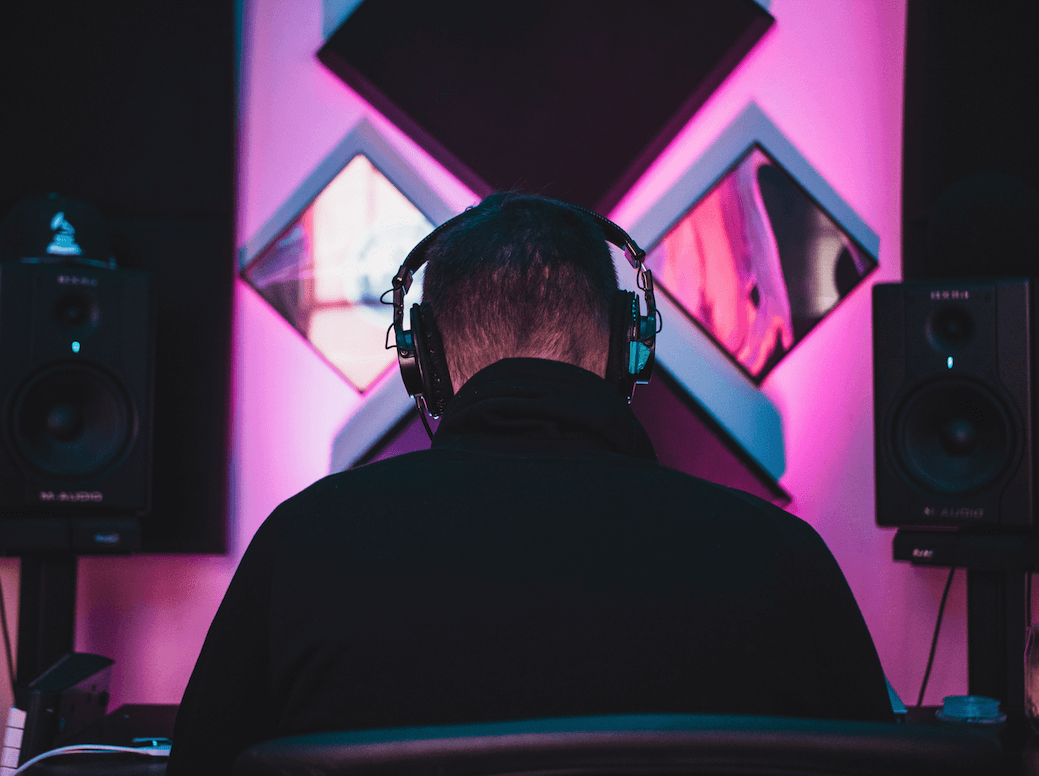
9. Less is More
One of the most common rookie mistakes is to throw too many elements into a track. It’s completely understandable – you’re excited, a little bit raw and full of enthusiasm. Plus, it’s hard to know when a track is ‘finished’.
But, particularly as a novice, it’s rare to have the skills to adequately control a busy track.
Each instrument or sound occupies a portion of the overall mix, and a good mix has each instrument carefully positioned.
It takes experience to learn how to avoid frequency clashes, phase cancellation and muddy-sounding mixes. Much better to start out with a smaller number of instruments that each occupy a different portion of the overall frequency range.
Learning to control a smaller number of sounds will give you the tools to add more later if you wish.
PRO TIP
Put an EQ with a spectral analyzer on each channel strip. Look at the analyser as each sound plays. Where are the peaks? Where is there less movement?
Try and avoid having more than two sounds occupying the same frequency range (and if you have two, pan one left and one right).
In the fullest parts of the song (your hook, for example) fill the full range of your track evenly with sound.
Then add an EQ to the Master channel and take a look – is there a nice, even spread?
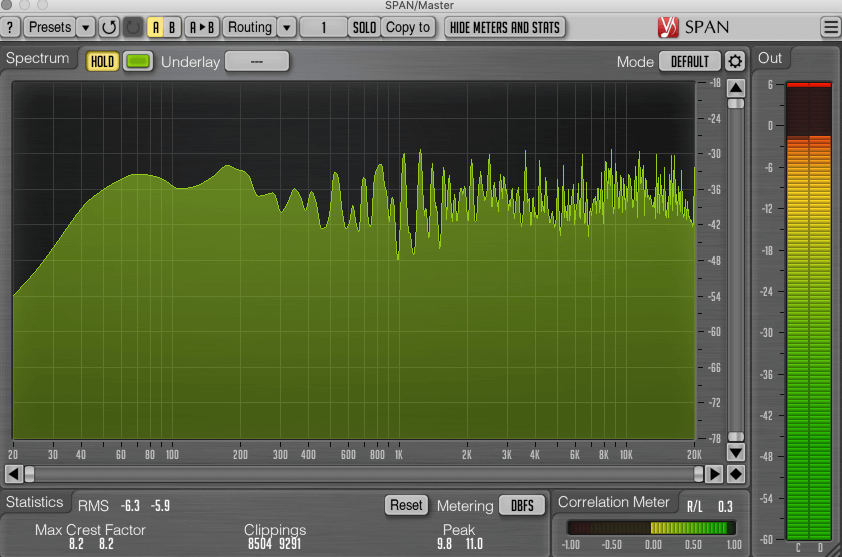
An example of a well-balanced master mix. Notice how there is an even spread of frequencies without any large dips or peaks.
10. Don’t expect great results straight away.
Some DAWs are easier to get to grips with than others – for example, GarageBand is designed to be easy to pick up and give novices instant results.
However, it’s worth reminding yourself that you’re in it for the long haul.
Be patient, and don’t beat yourself up if you’re not making hits straight away. For most people, it takes time. And lots and lots of practice.
There’s a saying that goes; ‘it takes a village to raise a child’. The same may be true of a music producer.
While it’s easy to spend hours locked away in the studio, only surfacing for coffee and cookies, it’s really important to regularly share your work with others. Bounce ideas with friends, join music production Facebook or Reddit groups, and if you can, speak to professionals. Ask for opinions, and don’t be scared to ask for help. Most experienced producers remember what it was like starting out and are happy to help where they can.
Finally, remember that you learn more from mistakes than from success.
Try new things, never stop experimenting, and above all, have fun!
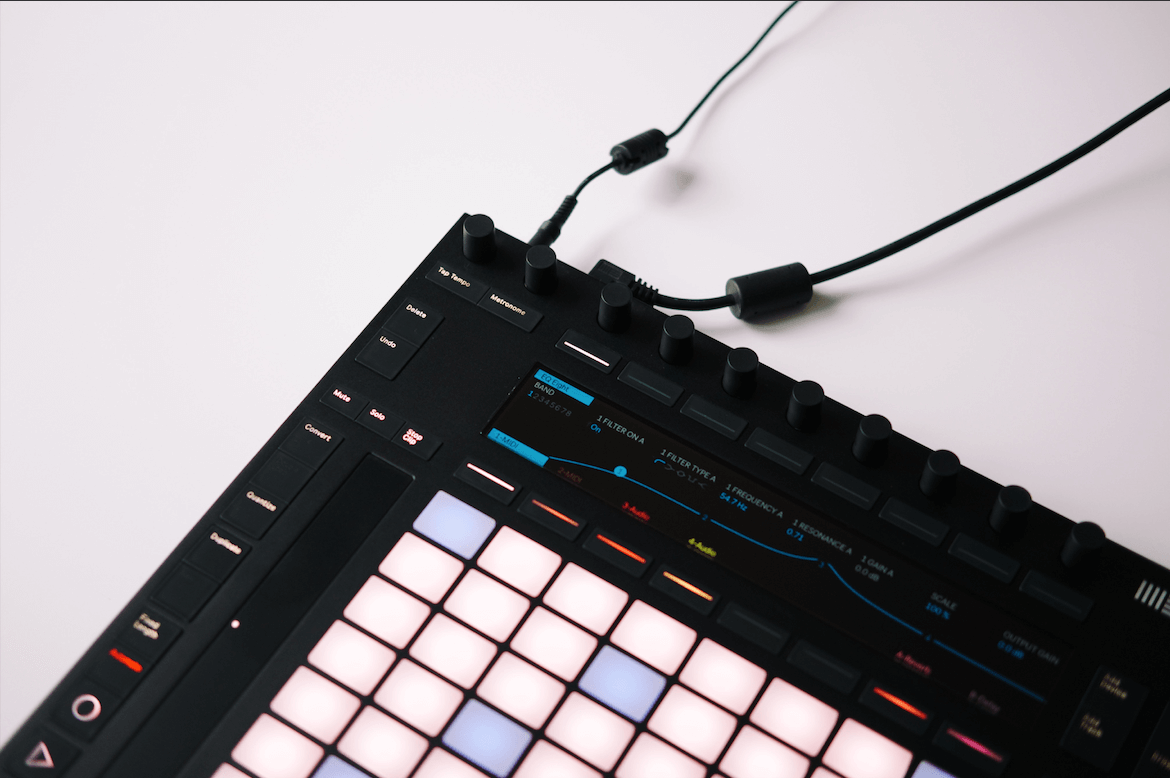
Write your own tracks using Captain Plugins
It’s super easy to create your own ideas from scratch. Visit the official Chords Plugins homepage and see how it will help you explore music and write your own original productions.
